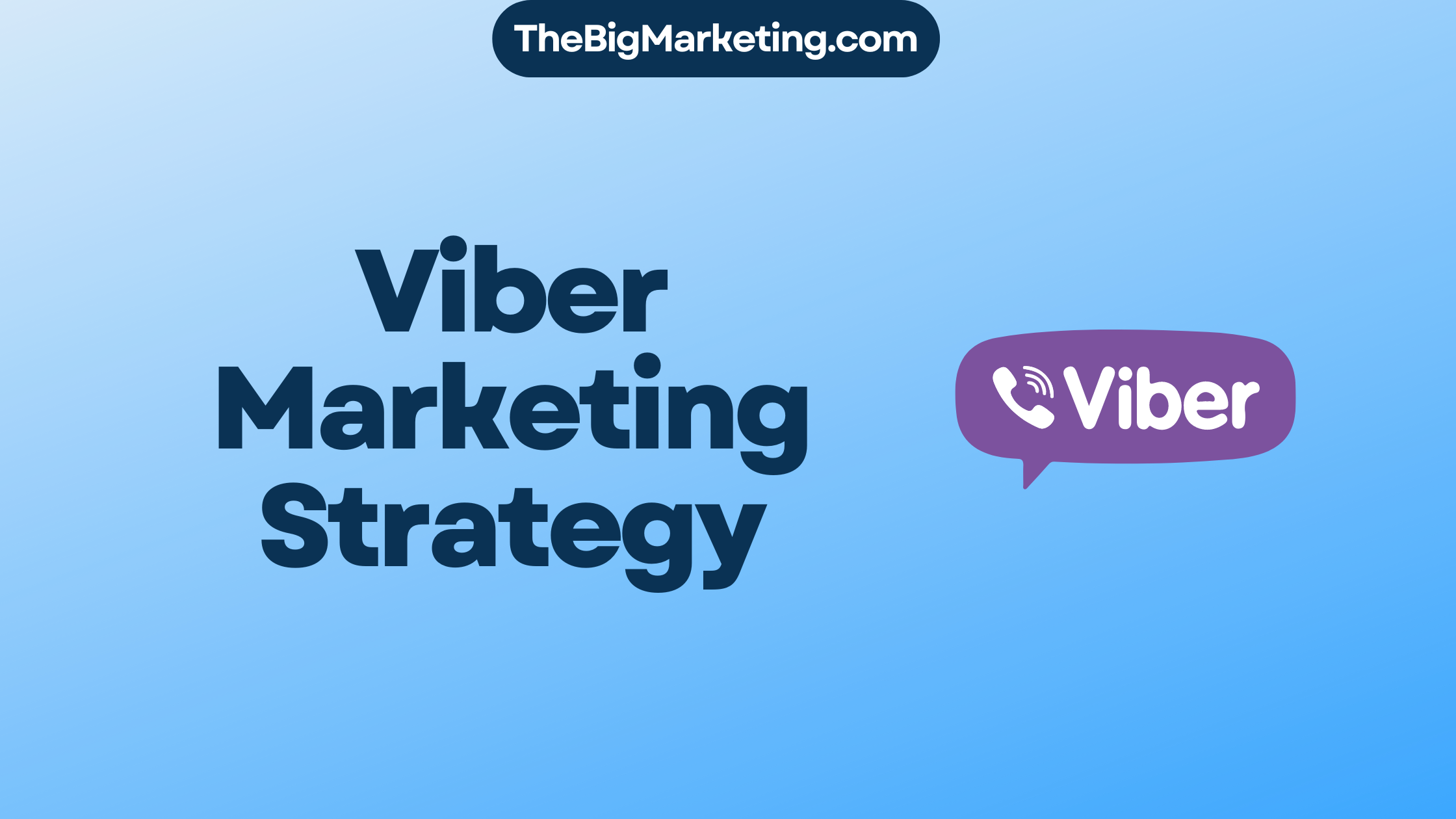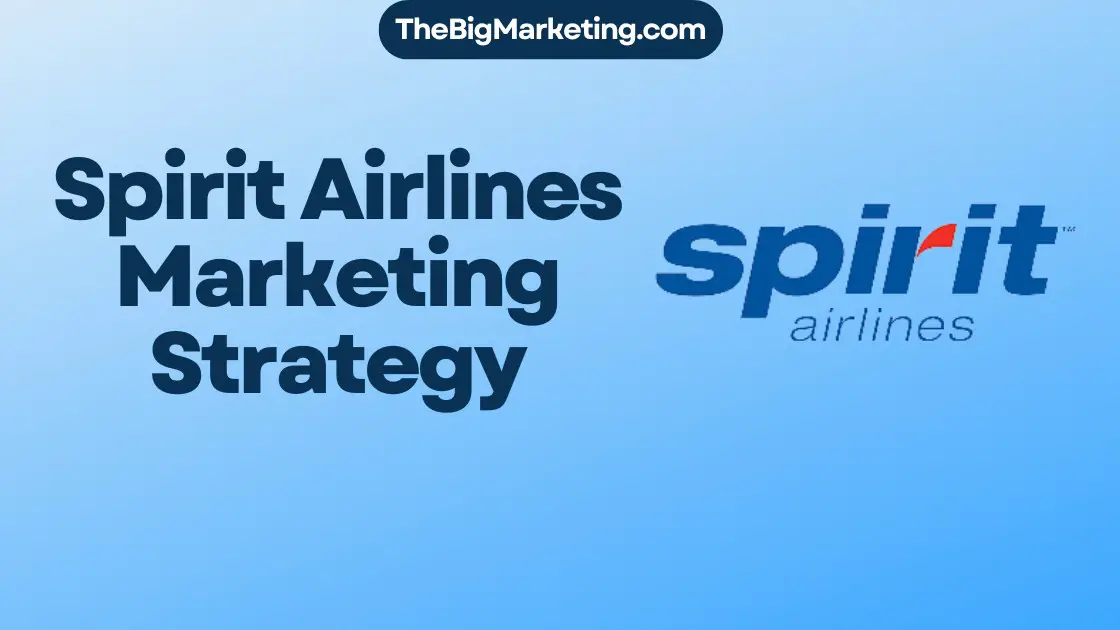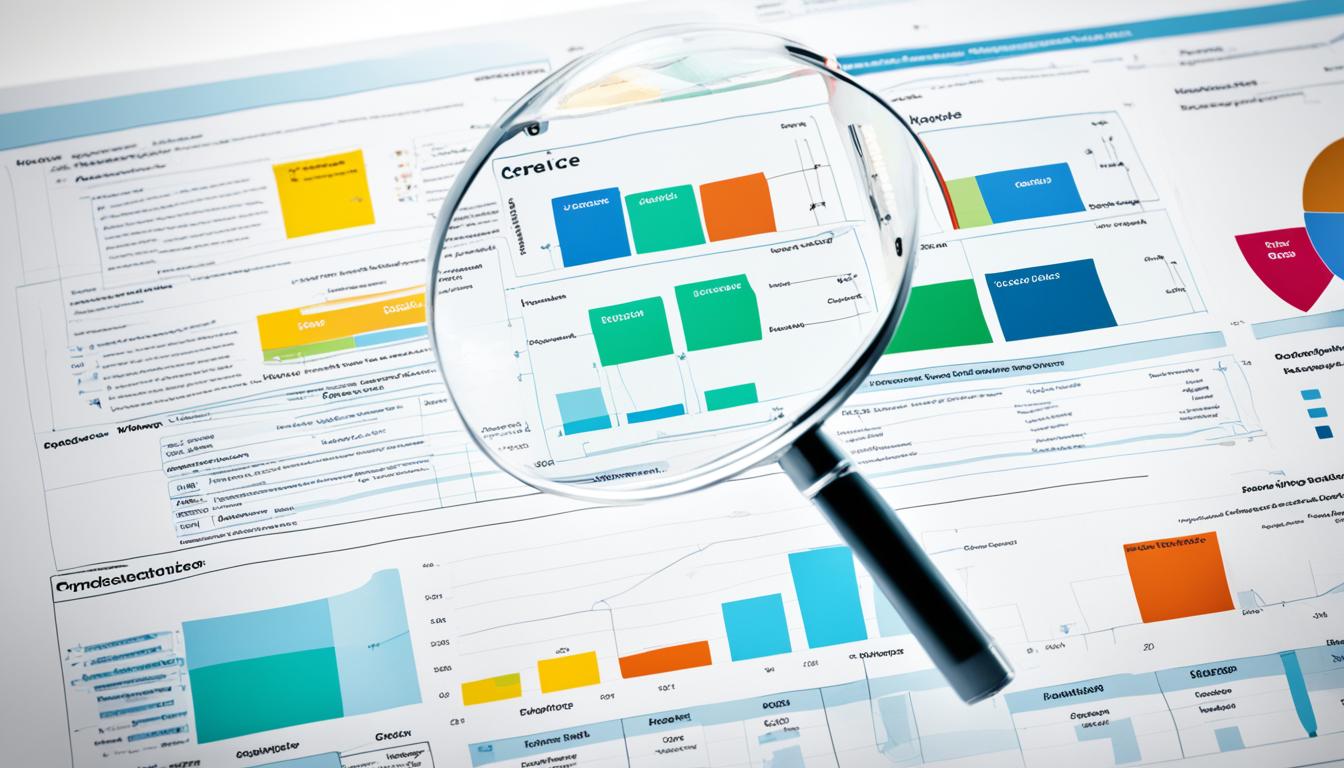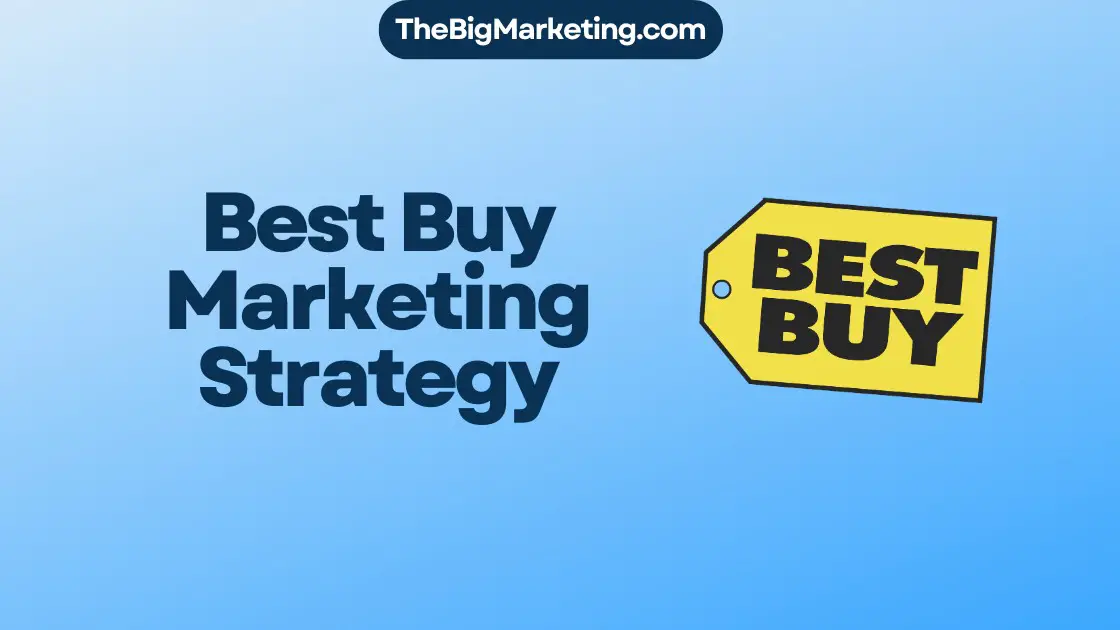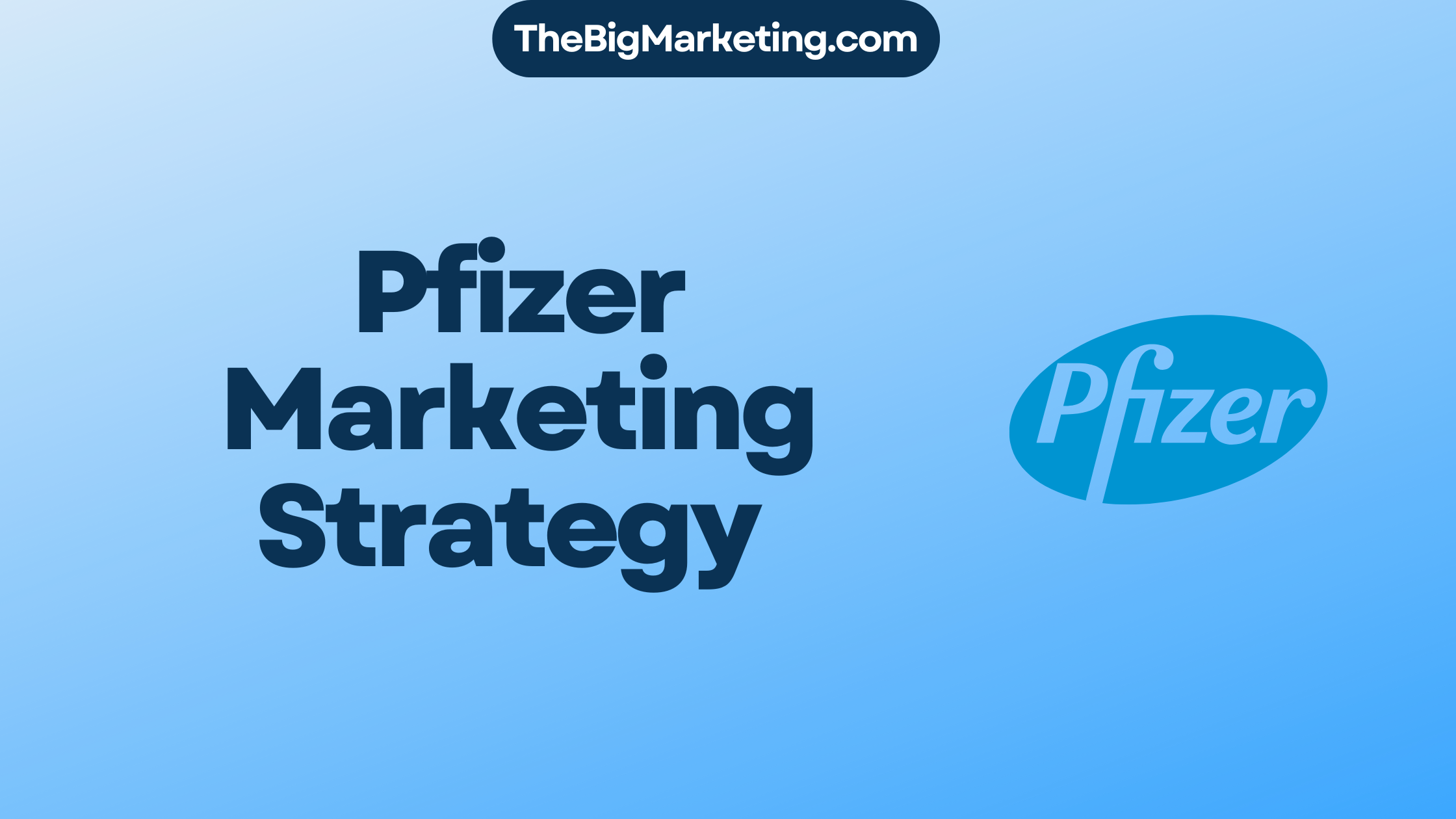In the world of digital marketing, understanding the customer’s path to purchase is crucial for crafting an effective strategy. Two popular frameworks that marketers often refer to are the marketing funnel and the customer journey. While both concepts share similarities, they offer unique perspectives on the customer experience and play different roles in the overall digital marketing strategy.
The marketing funnel, also known as the sales funnel, is a model that represents the marketing and sales process from a company’s perspective. It divides the customer journey into stages, starting with awareness and ending with a purchase. This framework enables businesses to identify and optimize their conversion path, guiding customers through each stage with the ultimate goal of driving sales.
On the other hand, the customer journey encompasses the entire experience a customer has with a brand, from the initial encounter to the final purchase. This journey includes all touchpoints and interactions, both online and offline, and can be meandering and nonlinear. The customer journey takes a more holistic view of the customer experience, considering factors beyond just the purchase decision, such as brand perception, customer satisfaction, and loyalty.
Key Takeaways:
- The marketing funnel and the customer journey offer different perspectives on the customer experience.
- The marketing funnel focuses on the stages leading up to a purchase, while the customer journey considers the entire experience with the brand.
- The marketing funnel guides customers through a linear path, while the customer journey can be nonlinear and meandering.
- The marketing funnel is a valuable tool for optimizing conversion rates, while the customer journey helps enhance the overall customer experience and build loyalty.
- Both the marketing funnel and the customer journey are essential for crafting an effective digital marketing strategy.
What is a Marketing Funnel?
The marketing funnel, also known as the sales funnel, is a model that guides potential customers through the buying process. It is divided into stages, which include awareness, consideration, purchase, loyalty, and advocacy. Each stage represents a step toward conversion, with the ultimate goal of turning prospects into paying customers.
The marketing funnel operates in a linear fashion, with leads progressing from the top to the bottom. It focuses on specific stages that lead up to a purchase, effectively narrowing down the pool of potential customers. By strategically targeting and engaging with leads at each stage, businesses aim to influence their decision-making and move them closer to becoming loyal advocates.
The stages of the marketing funnel generally include:
- Awareness: Introducing the brand or product to potential customers and generating interest.
- Consideration: Nurturing leads and providing them with relevant information to evaluate their options.
- Purchase: Facilitating the conversion and guiding the customer to make a purchase.
- Loyalty: Delighting customers with exceptional experiences to encourage repeat purchases and foster loyalty.
- Advocacy: Turning loyal customers into advocates who actively promote the brand and refer others.
Each stage of the marketing funnel requires tailored strategies to effectively engage leads and move them along the path to conversion. By understanding the stages and designing appropriate tactics, businesses can optimize their marketing efforts and increase their chances of success.
Example:
To further illustrate the stages of a marketing funnel, consider the example of an e-commerce store selling fitness equipment:
| Stage | Description | Goal |
|---|---|---|
| Awareness | Introduce the brand through social media ads and content marketing. Raise awareness about the fitness equipment available. | Attract potential customers and generate interest in the brand and its products. |
| Consideration | Provide detailed product information, comparisons, and customer reviews on the website. Offer a free e-book on fitness tips in exchange for email subscriptions. | Nurture leads and help them evaluate the benefits of the fitness equipment. Capture leads’ contact information for future communication. |
| Purchase | Send targeted email campaigns with limited-time discounts and compelling product descriptions. Offer multiple payment options and a seamless buying experience. | Guide leads to make a purchase and convert them into paying customers. |
| Loyalty | Provide personalized email newsletters curated with fitness tips, workout plans, and exclusive offers for existing customers. Offer a loyalty program with rewards for repeat purchases. | Encourage customer retention and repeat purchases. Create loyal brand advocates. |
| Advocacy | Implement a referral program that rewards customers for referring friends and family. Encourage customers to leave positive reviews and share their fitness journeys on social media. | Turn loyal customers into advocates who actively promote the brand and attract new customers. |
By understanding and effectively implementing a marketing funnel, businesses can strategically guide their customers through each stage of the buying process, maximizing their chances of conversion and fostering long-term loyalty.
What is a Customer Journey?
The customer journey encompasses a customer’s entire experience with a company, including all touchpoints and interactions, both online and offline. It takes a more holistic approach, considering factors beyond just the purchase decision. The journey is often circular and nonlinear, reflecting the complexity of real-life experiences and the various factors that influence customer behavior. It involves understanding customer behavior, preferences, and decision-making processes throughout the entire customer lifecycle.
The Difference Between Marketing Funnel and Customer Journey
The marketing funnel and the customer journey are two key concepts in understanding the path that consumers take from initial awareness to making a purchase decision. While they both play a significant role in shaping marketing strategies, they differ in their approach and scope.
The marketing funnel follows a linear progression, with consumers moving through different stages in a predetermined sequence. It starts with creating awareness about a product or service and gradually guides consumers towards making a purchase. The funnel emphasizes specific stages, such as consideration and conversion, leading up to the final goal of a sale. This approach is primarily focused on paid promotions and company-controlled interactions, ensuring a strategic and targeted approach to drive conversions.
On the other hand, the customer journey takes a more holistic view, encompassing the entire experience a customer has with a company. It recognizes that the buying process is not always linear and that customers interact with a brand through various touchpoints, both online and offline. The customer journey considers the organic content and customer-controlled interactions that influence a customer’s decision-making process. It paints a comprehensive picture of the customer’s experience, taking into account factors beyond just the purchase, such as pre-purchase research, post-purchase experiences, and ongoing customer engagement.
Understanding the difference between the marketing funnel and the customer journey is crucial for developing effective marketing strategies. While the marketing funnel provides a structured framework for guiding consumers towards a purchase, the customer journey offers a more nuanced understanding of the customer’s entire experience. By incorporating both concepts into marketing efforts, businesses can create a more comprehensive and customer-centric approach that optimizes conversions and enhances the overall customer experience.
Benefits of Understanding the Marketing Funnel
Understanding the marketing funnel provides valuable advantages for business owners and marketers. By comprehending the different stages of the funnel, you can categorize leads and customers based on their relationship with your business. This categorization allows you to tailor your marketing efforts and effectively address the needs and concerns of each group.
One of the key benefits of understanding the marketing funnel is the ability to track leads. By knowing where potential customers are in the funnel, you can assess their level of engagement and interest. This information helps you determine the appropriate actions to take to keep their interest and move them towards conversion.
Furthermore, understanding the marketing funnel allows you to answer questions and address concerns effectively. As leads progress through the funnel, they may have doubts or hesitations. By anticipating their questions and concerns, you can provide the right information and reassurance to guide them towards making a purchase.
The marketing funnel also plays a significant role in customer relationship management. By understanding your customers’ position in the funnel, you can tailor your interactions and communications to meet their specific needs. This personalized approach fosters stronger relationships and enhances customer satisfaction.
Ultimately, understanding the marketing funnel leads to improved conversion rates. By optimizing your marketing efforts at each stage of the funnel, you can target the right audience with the right message, increasing the likelihood of driving conversions and achieving your business goals.
Examples of the Benefits
Let’s take a look at a practical example to illustrate the benefits of understanding the marketing funnel:
| Stage | Objective | Benefit |
|---|---|---|
| Awareness | Attracting leads | Reaching a wider audience and generating interest |
| Consideration | Educating leads | Providing relevant information and addressing concerns |
| Purchase | Converting leads into customers | Maximizing conversion rates and generating revenue |
| Loyalty | Nurturing customer relationships | Cultivating customer loyalty and fostering repeat business |
| Advocacy | Turning customers into brand ambassadors | Creating a network of satisfied customers who promote your business |
As you can see from the example above, understanding the marketing funnel enables you to guide your marketing efforts towards specific objectives at each stage. This focused approach allows you to optimize your overall marketing strategy and achieve better results.
Benefits of Understanding the Customer Journey
Understanding the customer journey is crucial for businesses to gain insights into their customers’ behavior, preferences, and decision-making processes. By delving into their leads’ heads, businesses can answer important questions about how customers discover their brand, how they research products or services, and the obstacles they may encounter along the way. This understanding allows businesses to design a more efficient lead nurturing process, improve the overall customer experience, and create better experiences at each touchpoint.
Gain Insights into Customer Behavior
Understanding the customer journey provides businesses with valuable insights into customer behavior. By mapping out the journey, businesses can identify the different touchpoints and interactions that customers experience, both online and offline. This insight helps businesses understand the preferences, motivations, and pain points of their customers, allowing them to tailor their marketing efforts and provide relevant and personalized experiences.
Improve Lead Nurturing
By understanding the customer journey, businesses can optimize their lead nurturing process. They can identify the various stages customers go through and deliver targeted content and messages that address their specific needs at each stage. This personalized approach helps build trust, establish a connection with leads, and nurture them into loyal customers.
Design Better Experiences
Understanding the customer journey allows businesses to design better experiences at each touchpoint. By mapping out the entire customer journey, businesses can identify pain points, obstacles, and opportunities for improvement. This insight enables businesses to optimize their processes, enhance the overall customer experience, and create memorable interactions that leave a lasting impression.
Using Marketing Funnel and Customer Journey Maps Together
The marketing funnel and customer journey maps are complementary tools that can be used together to optimize marketing strategies. By leveraging both the marketing funnel and customer journey maps, businesses can create a seamless and effective path to purchase for their customers.
Understanding the Marketing Funnel
The marketing funnel provides a structured framework that guides potential customers through the buying process. It consists of different stages, including awareness, consideration, purchase, loyalty, and advocacy. Each stage represents a step towards conversion, and businesses can tailor their marketing efforts to target customers at each stage.
Mapping the Customer Journey
On the other hand, customer journey maps offer a more detailed understanding of the touchpoints and interactions a lead experiences throughout their journey. This tool helps businesses identify key moments of customer engagement and design personalized experiences at each stage of the journey.
Creating a User-Friendly Path to Purchase
By using marketing funnel insights to inform customer journey maps, businesses can create a user-friendly path to purchase. This involves understanding the needs and preferences of customers at each stage and tailoring marketing materials to align with their expectations. By delivering targeted and relevant content, businesses can guide customers seamlessly through the buying process.
| Marketing Funnel | Customer Journey Maps |
|---|---|
| – Provides a structured framework for guiding potential customers through the buying process. | – Offers a more detailed understanding of the touchpoints and interactions a lead experiences throughout their journey. |
| – Focuses on specific stages leading up to a purchase. | – Takes a holistic approach, considering a customer’s entire experience with a company. |
| – Guides the targeting of marketing materials at different stages of the funnel. | – Helps identify key moments of customer engagement and design personalized experiences. |
| – Provides a clear path for converting leads into paying customers. | – Helps create a user-friendly path to purchase, tailored to the needs and preferences of customers. |
Aligning Marketing Strategy with the Customer Journey
To adapt marketing strategy to the customer journey, businesses need to understand and navigate the complexities of the customer landscape. This involves optimizing touchpoints along the customer journey to create seamless and memorable experiences for customers. By gaining insights into the customer journey, businesses can make data-driven decisions and provide value-driven experiences that foster customer loyalty and retention.
Adapting to the Customer Landscape
The customer landscape is multifaceted, with diverse touchpoints and interactions. To align marketing strategy with the customer journey, businesses should consider the various channels and platforms where their target audience engages. By adapting marketing efforts to the customer landscape, businesses can effectively reach and engage with their customers at each stage of their journey.
Optimizing Touchpoints for Memorable Experiences
Optimizing touchpoints involves enhancing every interaction between the business and the customer. These touchpoints can include website visits, social media engagement, email communications, and more. By providing memorable experiences at each touchpoint, businesses can create a strong positive impression and build lasting relationships with their customers.
Making Data-Driven Decisions
Gaining a deep understanding of the customer journey requires analyzing data and insights. By tracking customer behavior, businesses can identify patterns, preferences, and pain points that inform their marketing strategy. Utilizing analytics tools creates a data-driven approach, enabling businesses to optimize their marketing efforts and deliver personalized experiences that resonate with customers.
Providing Value-Driven Experiences

| Benefits of Aligning Marketing Strategy with the Customer Journey |
|---|
| 1. Increased customer satisfaction |
| 2. Improved customer loyalty and retention |
| 3. Higher conversion rates and ROI |
| 4. Enhanced brand reputation |
| 5. Better understanding of customer needs and preferences |
Aligning marketing strategy with the customer journey enables businesses to provide value-driven experiences that meet and exceed customer expectations. By understanding the customer landscape, optimizing touchpoints, and leveraging data-driven insights, businesses can create a seamless and personalized customer journey that fosters loyalty and drives business growth.
Creating an Optimal Marketing and Sales Funnel
To create an optimal marketing and sales funnel, businesses need to carefully define the stages of the funnel that align with their specific buyer’s journey. By understanding the unique needs and preferences of their target audience, businesses can guide their marketing efforts and optimize conversion rates effectively. Let’s explore the key steps involved in creating a successful marketing and sales funnel:
1. Define the Stages
The first step is to clearly define the stages of your marketing funnel. Depending on your industry and target audience, these stages may include awareness, consideration, decision, and retention. Each stage represents a different level of customer engagement and requires specific marketing strategies.
2. Map Touchpoints and Interactions
Once you have defined the stages, it’s important to map out the touchpoints and interactions at each stage. This involves identifying the channels and platforms where your target audience is most active and tailoring your marketing efforts accordingly. By understanding where and how your audience engages with your brand, you can optimize your messaging and tactics for each touchpoint.
3. Guide Marketing Efforts in Each Stage
With a clear understanding of your funnel stages and customer touchpoints, you can now guide your marketing efforts at each stage. This includes creating relevant content, personalized messaging, and targeted campaigns that address the specific needs and pain points of your audience. By providing value at every stage, you can nurture leads and move them closer to conversion.
4. Optimize Conversion Rates
One of the primary goals of a marketing funnel is to optimize conversion rates. To achieve this, businesses should focus on providing a seamless and frictionless customer experience throughout the funnel. This involves streamlining the conversion process, reducing barriers to entry, and implementing effective lead capture and follow-up strategies.
5. Lead Generation and Nurturing
A well-designed marketing funnel includes lead generation and nurturing techniques to attract and nurture potential customers. This may involve tactics such as content marketing, email campaigns, social media engagement, and targeted advertising. By consistently delivering valuable content and personalized experiences, businesses can build trust and encourage leads to progress through the funnel.
6. Continuously Analyze and Optimize
An optimal marketing and sales funnel requires continuous analysis and optimization. By tracking key metrics and analyzing customer behavior, businesses can identify areas for improvement and make data-driven decisions. This iterative process helps to refine the funnel, enhance conversion rates, and drive long-term growth.
In conclusion, creating an optimal marketing and sales funnel involves defining stages, mapping touchpoints, guiding marketing efforts, optimizing conversion rates, and nurturing leads. By following these steps and continually refining your approach, you can maximize the effectiveness of your marketing funnel and achieve your business goals.
Tracking and Analyzing the Customer Journey
Tracking and analyzing the customer journey is essential for gaining valuable insights into customer behavior and improving the overall customer experience. By leveraging data, businesses can effectively track each touchpoint, analyze customer behavior, and identify areas for optimization. This data-driven approach enables businesses to make informed decisions and continually refine the customer journey, leading to the creation of seamless experiences, improved customer satisfaction, and increased customer loyalty.
The Importance of Tracking the Customer Journey
Understanding the customer journey allows businesses to uncover valuable insights into how customers interact with their brand at each stage of the buying process. By tracking the customer journey, businesses can:
- Identify touchpoints where customers engage with the brand
- Gain insights into customer behavior and preferences
- Pinpoint areas for improvement and optimization
- Make data-driven decisions to enhance the customer experience
Analyzing Customer Behavior for Optimization
By analyzing customer behavior throughout the customer journey, businesses can gain a deeper understanding of their customers’ needs, motivations, and pain points. This analysis can uncover valuable insights such as:
- Key touchpoints where customers drop off or convert
- Factors that influence customer decision-making processes
- Patterns and trends in customer behavior
- Opportunities for personalization and targeted marketing
Improving Customer Experience through Optimization
With the insights gained from tracking and analyzing the customer journey, businesses can optimize touchpoints and improve the overall customer experience. By leveraging data-driven decisions, businesses can:
- Create personalized experiences at each touchpoint
- Streamline the customer journey for a smoother experience
- Address pain points and remove obstacles
- Deliver relevant and timely content to customers
| Benefits of Tracking and Analyzing the Customer Journey | Actions |
|---|---|
| Gaining insights into customer behavior | Track customer interactions at each touchpoint |
| Identifying areas for improvement and optimization | Analyze customer behavior patterns and trends |
| Making data-driven decisions to enhance the customer experience | Use insights to optimize touchpoints and personalize content |
| Improving customer satisfaction and loyalty | Deliver seamless experiences and address pain points |
By effectively tracking and analyzing the customer journey, businesses can gain a competitive edge, improve customer satisfaction, and drive long-term customer loyalty. The ability to make data-driven decisions and optimize touchpoints ensures that businesses can constantly refine and enhance the customer experience for better outcomes.
Optimizing Marketing Materials for the Customer Journey
Optimizing marketing materials for the customer journey is crucial for driving engagement, enhancing the overall customer experience, and driving conversion. By creating personalized and targeted content that aligns with the different stages of the customer journey, businesses can effectively connect with their audience and build strong relationships.
Understanding where customers are in their journey allows businesses to tailor their messaging and communications to meet their specific needs and interests. This personalized approach helps to build trust and credibility, capturing the attention of customers and increasing the chances of conversion.
Key Steps for Optimizing Marketing Materials
To optimize marketing materials for the customer journey, businesses should follow these key steps:
- Segmentation: Divide your audience into different segments based on their stage in the customer journey, interests, demographics, or behavior. This allows for more targeted and relevant content.
- Content Mapping: Create a content plan that maps out the type of content to deliver at each stage of the customer journey. This ensures that your messaging aligns with the customer’s needs and helps to move them further along the path to purchase.
- Personalization: Tailor your content to address specific pain points, interests, and preferences of your target audience. Personalized content resonates with customers and increases engagement.
- Consistency: Maintain consistency across all marketing materials and channels. This ensures a seamless experience for customers as they navigate through their journey.
- Analytics and Optimization: Regularly analyze the performance of your marketing materials and make data-driven decisions to optimize content based on customer behavior and preferences.
By implementing these steps, businesses can optimize their marketing materials, ensuring that the right content is delivered to the right audience at the right time.
For example, during the awareness stage, businesses can create informative blog posts or social media ads that introduce their brand and educate potential customers about their products or services. As customers move through the consideration stage, businesses can provide case studies, customer testimonials, or comparison charts to showcase the value and benefits of their offerings. Finally, in the purchase stage, businesses can send personalized emails or targeted promotions to drive conversion.
By tailoring marketing materials to each stage of the customer journey, businesses can enhance the customer experience, build strong relationships, and ultimately drive conversions and loyalty.
| Stage | Marketing Materials |
|---|---|
| Awareness | Informative blog posts, social media ads |
| Consideration | Case studies, customer testimonials, comparison charts |
| Purchase | Personalized emails, targeted promotions |
Conclusion
In conclusion, understanding the nuances between the marketing funnel and customer journey is crucial for optimizing marketing strategies and improving customer engagement and conversion. The marketing funnel provides a structured framework for guiding prospects through each stage of the buying process, while the customer journey offers a holistic view of the customer experience.
By using these tools together, businesses can create a user-friendly path to purchase and foster customer loyalty and satisfaction. The marketing funnel helps businesses categorize leads and target marketing materials based on specific stages, optimizing conversion rates. On the other hand, the customer journey maps out the entire experience, considering all touchpoints and interactions, enabling businesses to design better experiences and address customer needs and concerns.
By aligning marketing strategy with the customer journey, businesses can adapt their approach to optimize touchpoints and create memorable experiences. Tracking and analyzing the customer journey allows for data-driven decisions, leading to an improved customer experience and increased loyalty. By optimizing marketing materials for the customer journey, businesses can create personalized and targeted content that enhances engagement and drives conversion.
To stay competitive in today’s digital landscape, businesses must not only understand the marketing funnel and customer journey but also optimize both to provide a seamless and user-friendly path to purchase. Through this approach, businesses can maximize their marketing efforts, improve customer engagement and conversion, and ultimately thrive in the ever-evolving marketplace.
FAQ
What is a marketing funnel?
The marketing funnel, also known as the sales funnel, is a model that represents the marketing and sales process from a company’s perspective. It divides the journey into stages, starting with awareness and ending with a purchase.
What is a customer journey?
The customer journey maps the route a customer takes from the initial encounter with a brand to the final purchase. It includes all touchpoints and interactions, both online and offline, and can be meandering and nonlinear.
What is the difference between a marketing funnel and a customer journey?
The marketing funnel focuses on the company’s perspective and operates linearly, guiding consumers from the top to the bottom of the funnel. In contrast, the customer journey takes a holistic approach and considers a customer’s entire experience with a company, embracing the complexity of real-life experiences.
What are the benefits of understanding the marketing funnel?
Understanding the marketing funnel allows businesses to categorize leads, track their position in the funnel, and gain valuable insights to improve customer relationship management and maximize conversion rates.
What are the benefits of understanding the customer journey?
Understanding the customer journey helps businesses gain insights into customer behavior, preferences, and decision-making processes. It enables them to design a more efficient lead nurturing process, improve the overall customer experience, and create better experiences at each touchpoint.
How can the marketing funnel and customer journey maps be used together?
The marketing funnel helps categorize leads and inform the targeting of marketing materials at different stages, while customer journey maps provide a detailed understanding of touchpoints and interactions, helping to create a user-friendly path to purchase.
How can marketing strategy be aligned with the customer journey?
Businesses can adapt their approach to better understand the complexity of the customer landscape, optimize each touchpoint in the customer journey, and create seamless and memorable experiences for customers to foster loyalty and retention.
How can an optimal marketing and sales funnel be created?
To create an optimal marketing and sales funnel, businesses should define stages that align with their specific buyer’s journey, understanding the unique needs and preferences of their target audience and mapping out touchpoints and interactions at each stage.
Why is tracking and analyzing the customer journey important?
Tracking and analyzing the customer journey is crucial for gaining insights into customer behavior, improving the overall customer experience, and making data-driven decisions to increase customer satisfaction and loyalty.
How can marketing materials be optimized for the customer journey?
By understanding where customers are in their journey, businesses can create personalized and targeted content that aligns with different stages, maximizing engagement and enhancing the overall customer experience.

